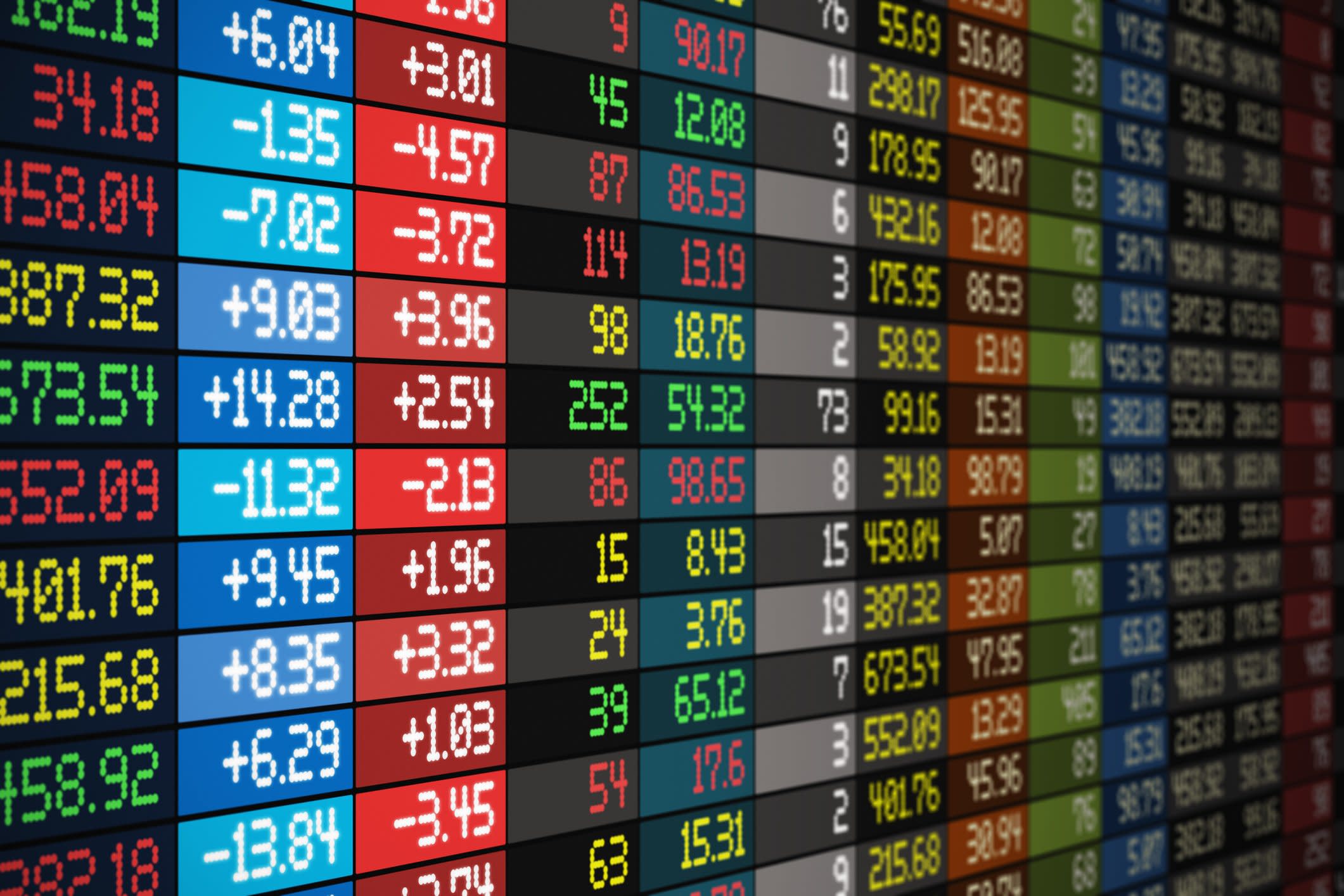Intro
In the labyrinthine realm of options trading, IV, or implied volatility, reigns as a crucial metric. It’s a harbinger of market sentiment, reflecting expectations of future price swings. Mastering the art of incorporating IV into your trading strategy can unlock a treasure trove of opportunities.

Image: finance.yahoo.com
Picture a seasoned trader navigating a stormy market, where the winds of uncertainty howl. IV, like a beacon in the darkness, guides him through the treacherous currents, allowing him to anticipate price movements and make calculated decisions.
Understanding Implied Volatility
Implied volatility represents the market’s collective estimate of how much an underlying asset’s price may fluctuate within a specific period. It’s a forward-looking metric, encapsulating both current market conditions and future expectations.
High IV signals that the market anticipates significant price volatility, either to the upside or downside. Conversely, low IV suggests that the market expects a relatively stable trading environment.
Impact of IV on Options Pricing
Implied volatility plays a pivotal role in determining the price of options contracts. Options with higher IV are typically more expensive than those with lower IV. This is because they offer a greater potential for profit (or loss) due to the anticipated price swings.
The relationship between IV and option prices is reciprocal. Higher IV leads to higher option prices, while higher option prices can, in turn, lead to increased IV. It’s a dynamic cycle that influences the overall trading landscape.
Using IV to Your Advantage
Understanding IV can empower you to make informed trading decisions. By incorporating it into your strategy, you can:
- Identify Trading Opportunities: IV helps you gauge market sentiment and pinpoint potential price movements. High IV may present opportunities for selling options to collect premiums, while low IV may indicate favorable conditions for buying options.
- Assess Risk: IV provides a measure of risk associated with options trading. Higher IV implies greater potential for both gains and losses, while lower IV suggests a lower risk profile.
- Hedge Against Volatility: By trading options with different IVs, you can hedge against unexpected price fluctuations. This technique helps you mitigate risk and protect your portfolio.

Image: www.businesstomark.com
Expert Advice: Trading with IV
Seasoned options traders offer invaluable insights into harnessing IV for trading success:
- Sell high IV, buy low IV: Sell options when IV is elevated to capitalize on overpriced premiums. Conversely, buy options when IV is suppressed for potential undervaluation.
- Monitor IV changes: Track IV over time to identify shifts in market expectations. Sudden increases or decreases can signal potential trading opportunities.
- Combine IV with other indicators: Enhance your trading strategy by integrating IV with technical analysis and fundamental factors. A comprehensive approach can foster informed decision-making.
- Be mindful of IV crush: Be aware that IV tends to decline as options approach expiration. This “IV crush” can impact option prices and trading returns.
- Seek professional guidance: If you’re unsure about IV or options trading in general, consider consulting with a financial advisor or experienced trader.
FAQs on IV in Options Trading
Q: How do I calculate IV?
A: Implied volatility is derived from option pricing models using complex mathematical equations.
Q: What factors influence IV?
A: IV is influenced by numerous factors, including market sentiment, news and events, supply and demand for options, and the underlying asset’s price history.
Q: Can IV be traded?
A: Yes, IV can be traded through volatility index products such as VIX futures and options.
How To Use Iv In Options Trading

Image: www.youtube.com
Conclusion
Mastering the art of incorporating IV into your options trading strategy is like unlocking a secret weapon in the financial battlefield. By understanding its impact on option prices and market sentiment, you can arm yourself with the knowledge to identify trading opportunities, assess risk, and hedge against volatility. Remember, IV is a fluid metric, and its dynamic nature requires constant monitoring and adaptation. Are you ready to embark on a journey of IV mastery and unlock the full potential of options trading?






